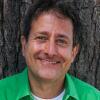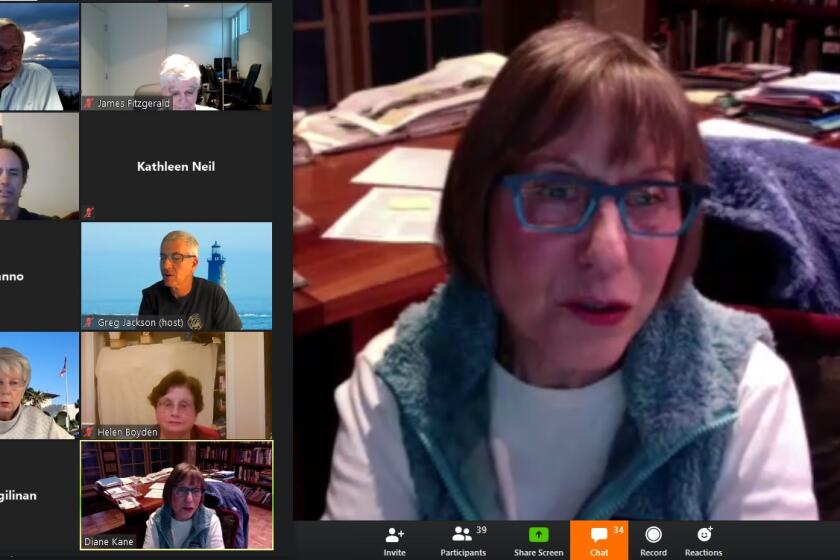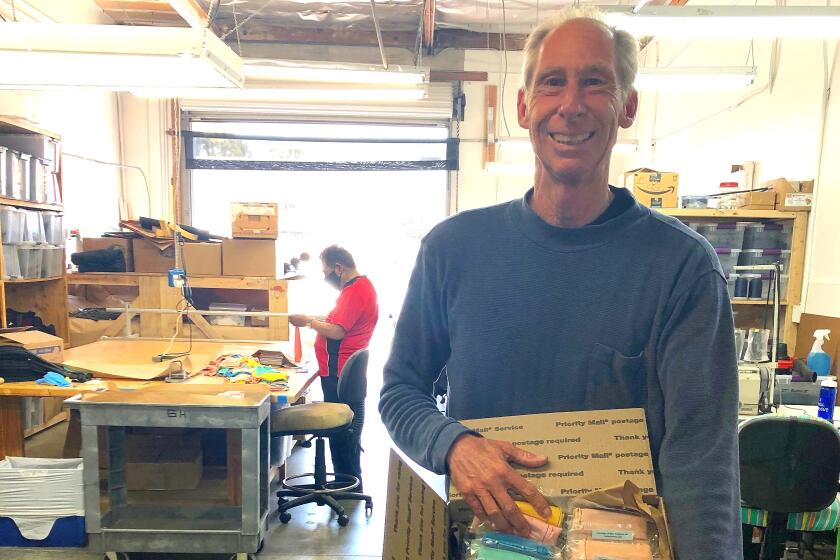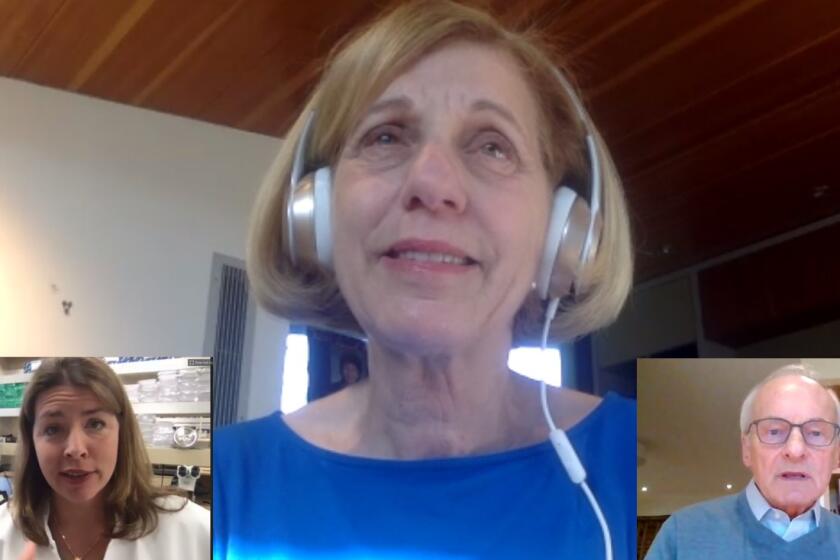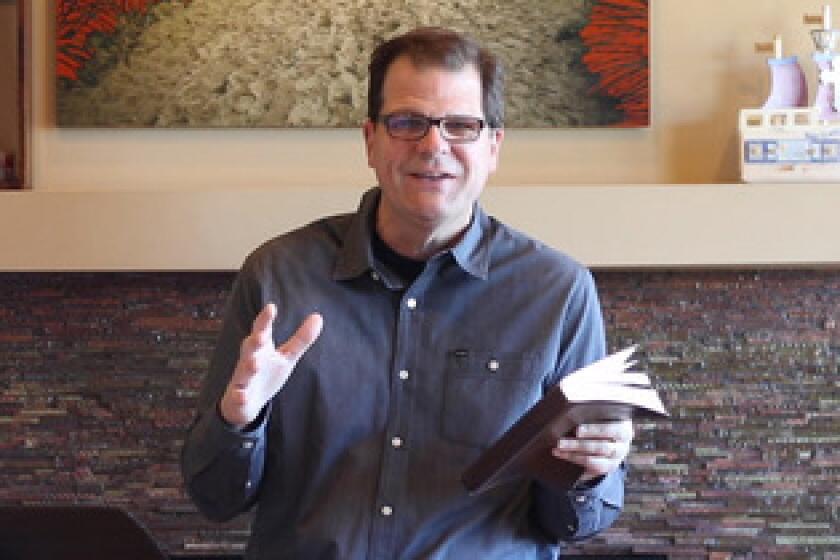People in Your Neighborhood: Meet TV meteorologist Shawn Styles — surfer, skier and longtime La Jollan
Shawn Styles didn’t realize he was laying the foundation for a 20-year career at KFMB-TV Channel 8 when he first hit the waves of Black’s Beach with his younger brother, Gregg, or when, at age 19, he fell so hard for skiing that he moved to Park City, Utah to become a competitive freestyler.
But the ski reports he phoned into to East Coast radio stations for extra money caught the attention of ABC Sports, which hired him to assist with the network’s coverage of freestyle skiing at the 1988 Winter Olympics in Calgary, Canada. Then Styles figured he could do the same with surf reports back in La Jolla, where he became known as Surfer Shawn on the fledgling 91X-FM and, later, KGTV Channel 10.
When Channel 10 had Styles fill in as a weatherman, it occurred to him: the knowledge he gained about the weather, in all those years of compiling surf and ski reports, already made the job a natural. So he got the certification that let him do it fulltime and get taken seriously.
Now, Styles, 61, is one of La Jolla’s best examples of how to combine our passions with our need for gainful employment.
And some of it was even Shawn’s own idea!
What is it about surfing that you fell in love with?
Surfing is such an individual sport. It’s you and nature. You have to catch that wave and ride it. There’s no one that’s going to help you do any of that. You’re all on your own.
Are you a good surfer?
I surf pretty good, but I don’t rip. There was a time, sure. But as you get older, you’re not as quick on your feet. For whatever reason, I turned out to be a much better skier. I got really good really fast because I hung out with some really good skiers from New York who were living in Park City, and they showed me the ropes. Then I fell in with some expert mogul skiers and aerialists who taught me everything.It’s seems like such an obvious progression for a snow and surf dude to becoming a weather forecaster.
Surfing and skiing are directly related to weather. If you don’t have a storm in the Gulf of Alaska, you don’t have northwest swells coming, or a hurricane off of Cabo, or a big storm off New Zealand. So I wanted to know more. I wanted to know ahead of people, because back then, there was no surf hotline or Internet. Think about figuring out where the surf was in the early ‘80s. No one knew.
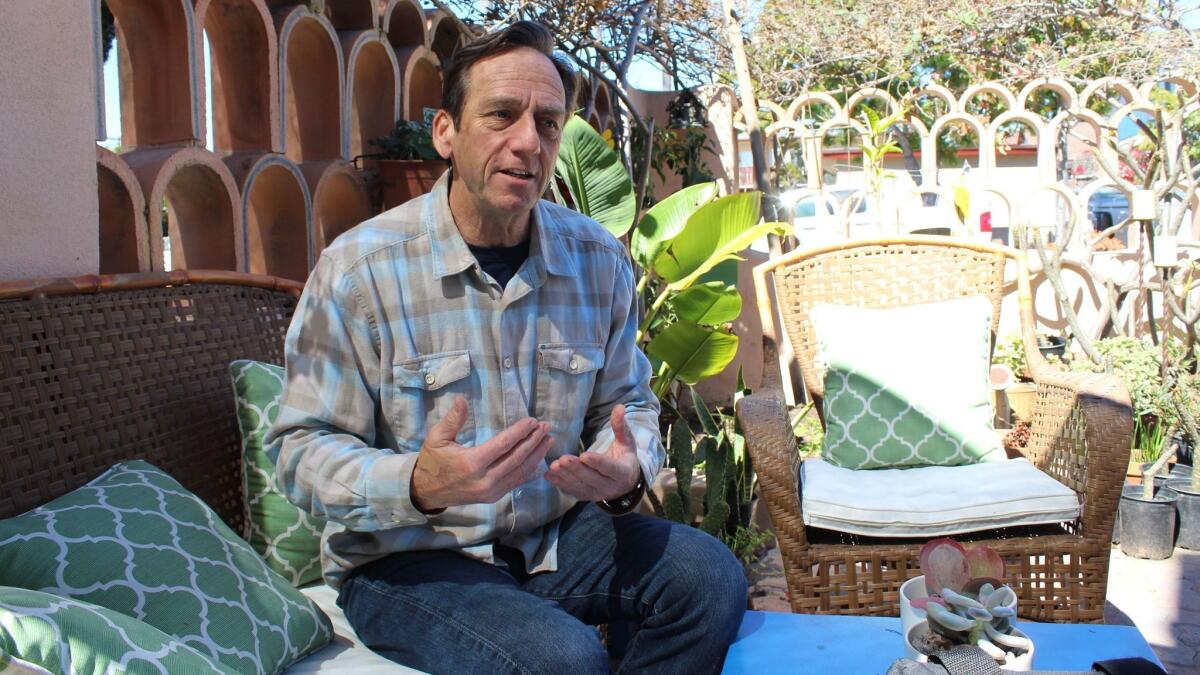
Why do you think your path isn’t a more common one for surfers and skiiers then?
Really, it happened for me just by chance. My friend said let’s go skiing. I fell in love with skiing. I was going to go to Mammoth, my car broke down. A friend said he’s going to Park City. I said, “Where’s that?” Two years later, after spending 250 days skiing on the mountain, I got hired as a guide on the mountain. We did snow reports for radio stations in New York, Boston, Washington, Philadelphia and Chicago. And when I came back to San Diego, 91X had just started. So I called them up and said, “Hey, I can do surf reports for you.” And they said, “That’s a great idea.” I did it on the phone, reporting it from different beaches. The next summer, I pitched it to Channel 10.
That’s where you decided to become a meteorologist?
They needed a backup person in the morning for three days. They needed the weekend covered. So then I realized that I’m not fully trained in any of this, so no one’s going to take me all that serious, especially since I’m Surfer Shawn. Because in the ‘70s and ‘80s, surfers were just a bunch of lackadaisical gnarly dudes that hung out at the beach. So I said, if I want to be taken seriously, I have to go back to school and become a meteorologist.
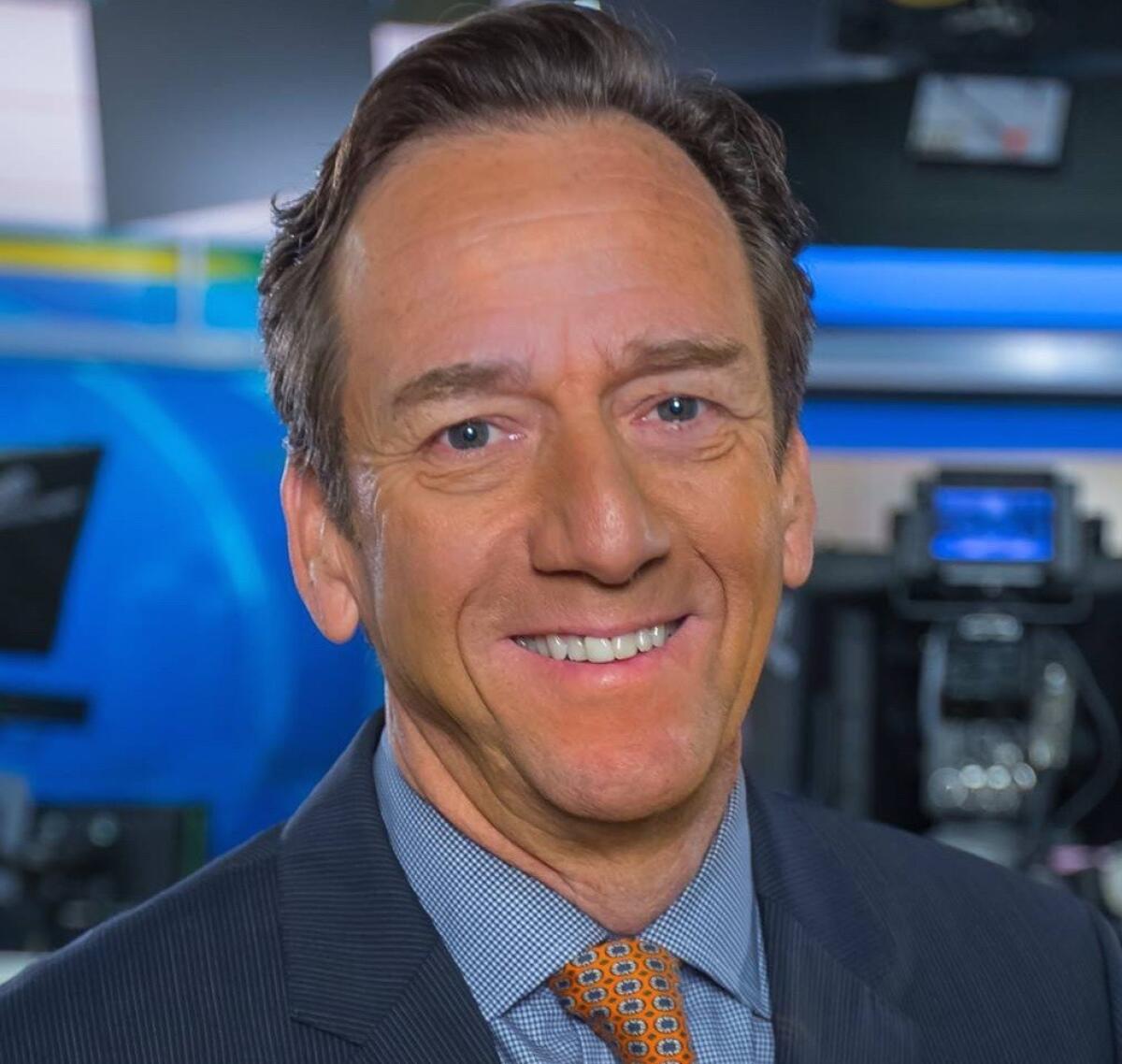
You must hear jokes, and feel the hatred, from people who live in other cities, about San Diego having no real weather to speak of.
Oh, I know. And it’s not just the United States. Whenever I travel abroad, it’s as if you’ve ascended from heaven when you say you live in San Diego. It’s got to be on everyone’s Top 5 list. From a personal point of view and everyone I’ve talked to, San Diego is a rare jewel. And then you drop a special place like La Jolla inside of that? It’s just remarkable.
But here in San Diego, we are more weather connoisseurs. If it’s not between 66 and 76 degrees, we’ve got a problem and I want to know when my problem is going to be fixed. People are very, very particular when it comes to their weather. They want to know when the marine layer is going to burn off at the beach and if it’s going to be at 11 and it turns out to be 12:30, they’re not happy.
You grew up in La Mesa. Did you come out to La Jolla a lot?
My dad, Hugh Styles, was an architect for Frank L. Hope and Associates, which was in the day the architectural film in San Diego. Around 1965, he decided to go out on his own. In the summer, my dad would take my younger brother Gregg and I to get us out of our mom’s hair and just drive us and drop us off at La Jolla Shores and pick us up on the way back. We would rent the rubber inflatable rafts for 50 cents a day. Before boogie boards, you would ride on those. And we would hike down to Black’s Beach, because that’s where the waves were bigger. By the time I was 14, they would allow us to hop on the 34 bus to the beach. That was back in the day where you didn’t worry about your kids.
Besides the population, what changes about La Jolla strike you the most since you were that age?
Accessibility for the average person. It’s always been an affluent area, but there were pockets, like here at WindanSea, this was not the good neighborhood. There were tons of rentals. The very first house I lived in, in 1978, I paid $600 a month for a one-bedroom here. I lived on Playa del Norte, Playa del Sur, Westbourne, La Jolla Boulevard. My job’s in front of a camera, but I’m living here because I was lucky enough to buy in 1998, before it got crazy expensive.
What’s changed on a positive note is the awareness of how special this community is and how we have to work to preserve it. People are taking more pride in their neighborhoods, taking more pride in their beaches and being more respectful to our environment. That’s the thing that’s impressed me the most, because a lot of times, people can just push it down the road and let someone else take care of it.
Get the La Jolla Light weekly in your inbox
News, features and sports about La Jolla, every Thursday for free
You may occasionally receive promotional content from the La Jolla Light.
